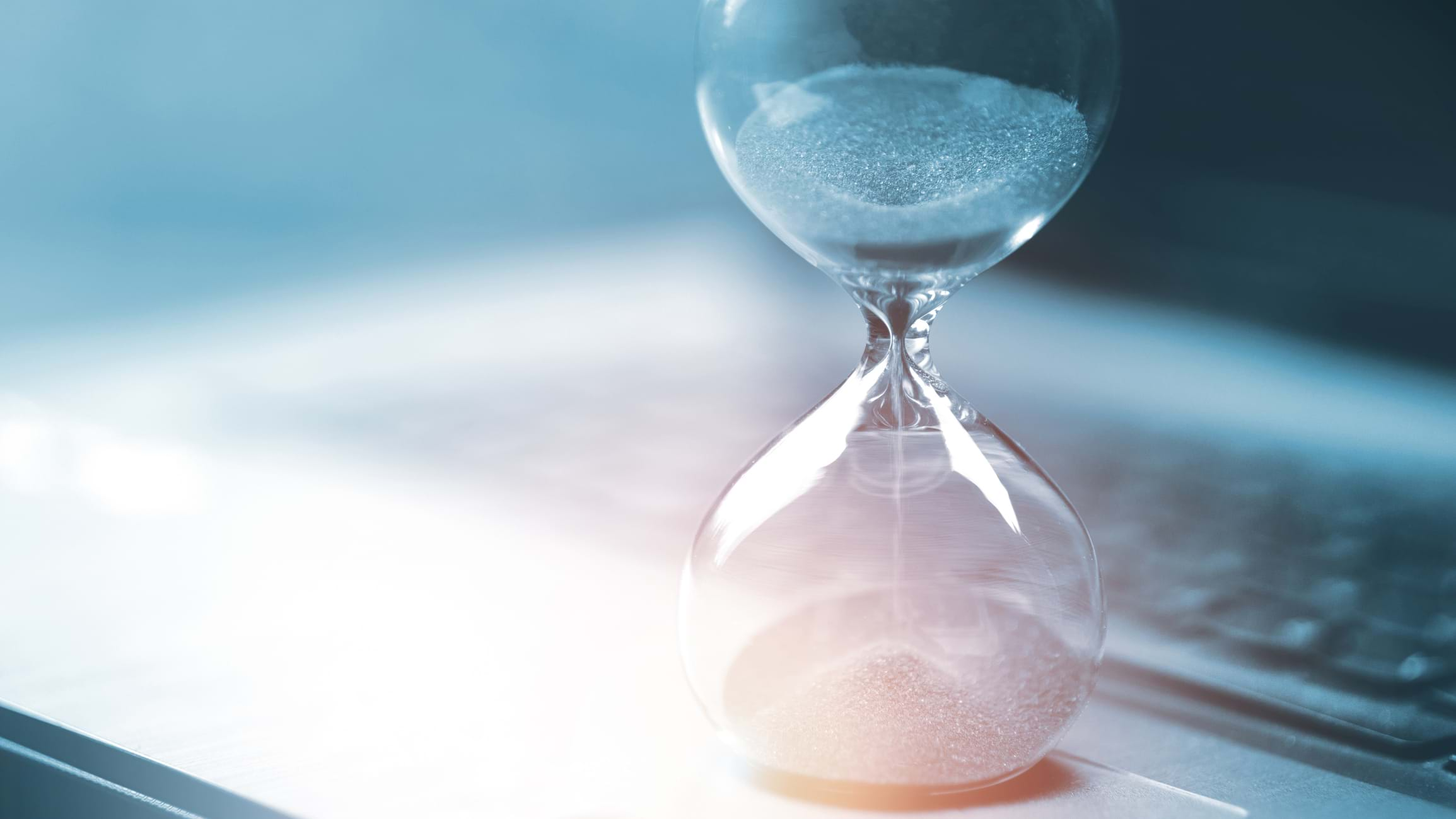With many businesses re-opening their doors to customers and more employees returning to work, it is more important than ever to have a written plan regarding what to do in the event an employee has a confirmed or suspected case of COVID-19. To help filter the guidance from various sources, we have provided an outline of recommended protocols with respect to the infected employee and those employees exposed to the infected employee.
What to do when an employee tests positive for COVID-19?*
Advise the infected employee to stay home. An employee who reports that he/she has tested positive for COVID-19 should be instructed to stay home and follow the advice of healthcare providers and the local health department about the duration of home isolation. Current recommendations from the Center for Disease Control (“CDC”) provide two different measurement periods for the discontinuance of home isolation.
1.If the employee thinks or knows that he/she had COVID-19 and had symptoms, home isolation can end when the employee meets all three of the following requirements:
a. At least 24 hours with no fever (without the use of fever-reducing medication) and
b. Symptoms have improved and
c. 10 days since symptoms first appeared
2. If the employee tested positive for COVID-19 but had no symptoms, home isolation can end when ten (10) days have passed since the positive test. Depending on the advice of the employee’s healthcare provider, the employee may get tested to see if he/she still has COVID-19. If testing is pursued, home isolation can discontinue after the employee receives two negative test results in a row, at least 24 hours apart.
Inform fellow employees: If an employee is confirmed to have a COVID-19 infection, the Centers for Disease Control (“CDC”) states that employers “should inform fellow employees of their possible exposure to COVID-19 in the workplace but maintain confidentiality as required by the Americans with Disabilities Act (ADA).” It is recommended that you ask the infected employee which employees and customers he/she has had close contact with (6 feet or less) for at least 15 minutes during the 48 hours prior to the onset of symptoms or the two weeks prior for an employee with a positive test but no symptoms. In addition to informing fellow employees, customers should also be notified about the positive identification and possible exposure. We have prepared templates in English and Spanish to notify employees of a positive COVID-19 test.
Send home employees in close contact with infected employee: In order to prevent the further infection of other employees, it is recommended that all employees in close contact with the infected employee be sent home for 14 days (beginning with the day after your last day of contact with the infected employee). (It is recommended that employees be tested no earlier than 5 days since exposure to minimize the risk of false negatives. If tested earlier and the result is negative, it is recommended that employees wear a mask for 14 days after exposure given the possibility of a false negative.) When determining if someone worked “close to” the infected employee, determine if they worked within 6 feet of the infected employee for a prolonged period of time (i.e., 15 minutes or more). Notably, this quarantine recommended by the CDC includes people who previously had COVID-19 and people who have taken an antibody test and have antibodies to the virus.If symptoms of COVID-19 develop for any employee during the quarantine period, you will have to work with the employee to determine if they were in close contact with any co-workers as outlined above prior to the quarantine period and if so, these additional employees will need to be advised of the new infection and then sent home to quarantine themselves.
For those employees who are “essential workers”, as defined by the CDC and/or your governor, an employee may continue to work following the potential exposure to a person infected with COVID-19 if certain precautions are taken, such as wearing a mask and social distancing. (See CDC’s guidelines for essential workers for additional information).
Clean/Disinfect areas used by infected employee: All areas used by the infected person should be closed off until such area(s) are cleaned/disinfected. Wait as long as practical, 24 hours if possible, before you clean and disinfect to minimize the potential for exposure to respiratory droplets. Cleaning staff should clean and disinfect all areas used by the infected person, focusing on frequently touched surfaces such as doorknobs, keyboards, tables, phones, light switches, etc. For specific guidance on how to clean/disinfect your facilities, as well as direction on the Personal Protective Equipment (“PPE”) and hand hygiene recommended for the cleaning staff, please visit the CDC Website.
*For infected employees who work in the healthcare space with vulnerable persons and/or employees who have conditions that may weaken their immune system (and cause prolonged viral shedding after recovery), longer timeframes for recovery than those listed above may be desired in order to minimize the chance of spreading the infection. In all cases, the decision regarding the discontinuance of isolation should always be made following consultant with the infected individual’s healthcare provider. Current recommendations for the return to work for Healthcare Personnel with COVID-19 can be found here.
**For suspected, but not yet confirmed cases of COVID-19 (i.e., where the presumed infected employee has symptoms of COVID-19), employers should follow the interim guidance for businesses and employers issued by the CDC, which includes sending the sick employee home, cleaning and disinfecting the areas used by the sick employee and instructing potentially exposed employees to remain home until the symptomatic employee receives a negative COVID-19 test results or, in the case of a positive test, until the 14 day quarantine period has elapsed and no symptoms have developed during that time. For critical infrastructure workers, the guidance on the return to work for potentially exposed employees may dictate a different result. In all cases, the specific circumstances and working conditions (i.e., proximity to other employees) should be considered when following the guidance issued by the CDC.
For answers on other COVID-19 related questions such as whether daily symptom or temperature screenings should be implemented for your employees, please visit our FAQ page posted on our website.

Philadelphia, PA, 19102

EB.jpg)






